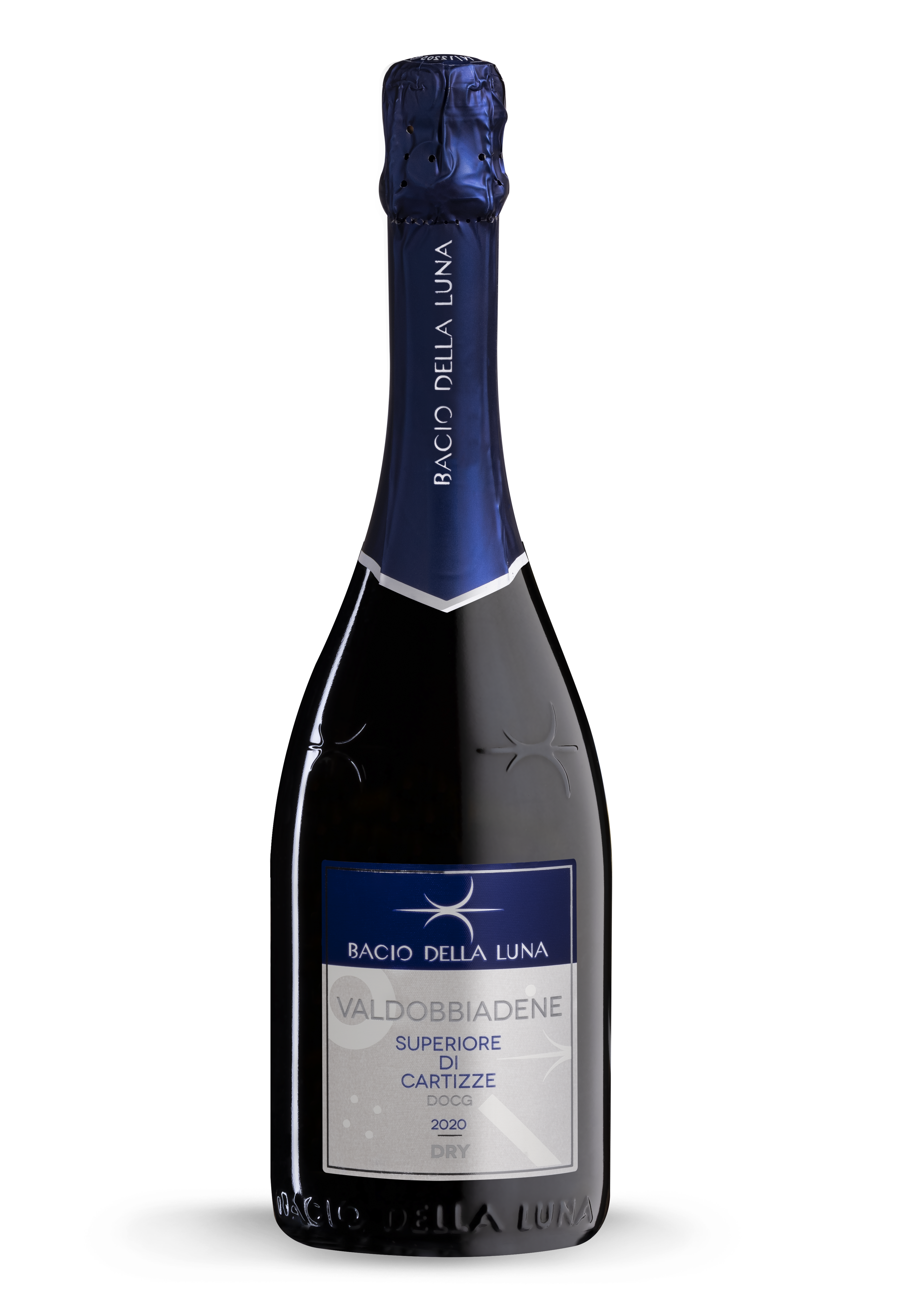
The pressing is the first operation that is carried out on the grapes immediately after the harvest. A very gentle pressure is enough to induce the breakage of the peel causing the juice to escape from the berries. The product of the pressing is composed of a liquid part (the must, together with juice and pulp) and a solid part that includes skins, seeds and sometimes stalks.
Once the crushing was performed by pounding the grapes with bare feet in wooden tubs, while today this operation is carried out by special machines called crushers (or crusher-destemmers) that allow perfect control over the pressure. Especially in white vinification, the pressing is soft: the pressure must be very delicate to avoid both the breaking of the pips, which could give a bitter hint to the wine, and the contact with the skins, which could release colouring substances.
Glera is the name of the grape variety used for the Valdobbiadene DOCG and Prosecco DOC wines. For some years, the grape variety used for the typical sparkling wine from the area near Conegliano and Valdobbiadene was called Prosecco. Since 2010, however, the original name Glera was officially adopted to avoid confusion: now Prosecco identifies a specific region in the north-east of Italy, while the name Glera indicates the white grape variety with which the Prosecco wine is produced.
The Glera vine, with its sparse and winged medium sized clusters and golden yellow berries, prefers steep soils with a strong limestone component. The Glera sprouts early, but ripes later than other varieties. Despite being a vigorous and robust vine, it fears water stagnation. In ideal conditions, such as those offered by the windy climates of Veneto and Friuli, Glera guarantees good and constant productivity.
The word millesimato derives from the French millésime, meaning year of harvest. Technically, a vintage sparkling wine is a wine obtained from grapes of a single vintage (at least 85%), which must be indicated on the label. A vintage wine is not produced at regular intervals, but only in exceptional vintages. It is the opposite of sans année wines or Cuvée which are instead blends of grapes from different vineyards, vines and/or vintages.
The adjective millesimato was once reserved exclusively for Champagnes produced with 100% grapes of the same year; today it applies to any non-cuvée sparkling wine. In the case of Prosecco, almost always produced with grapes from a single vintage, the mention “millesimato” wants to underline characteristics of particular value due to a longer and more elaborate aging process, or to the selection of grapes from a single cru or from an area particularly suited to the production of Glera grapes .
Via Rovede, 36, 31020 Vidor TV
Tel. +39 0423 983111 – Fax +39 0423 983100
info@baciodellaluna.it – P.IVA 02717030213
Privacy policy – Cookie Policy– whistleblowing

Subscribe to the Newsletter to keep in touch with the world of Bacio della Luna.